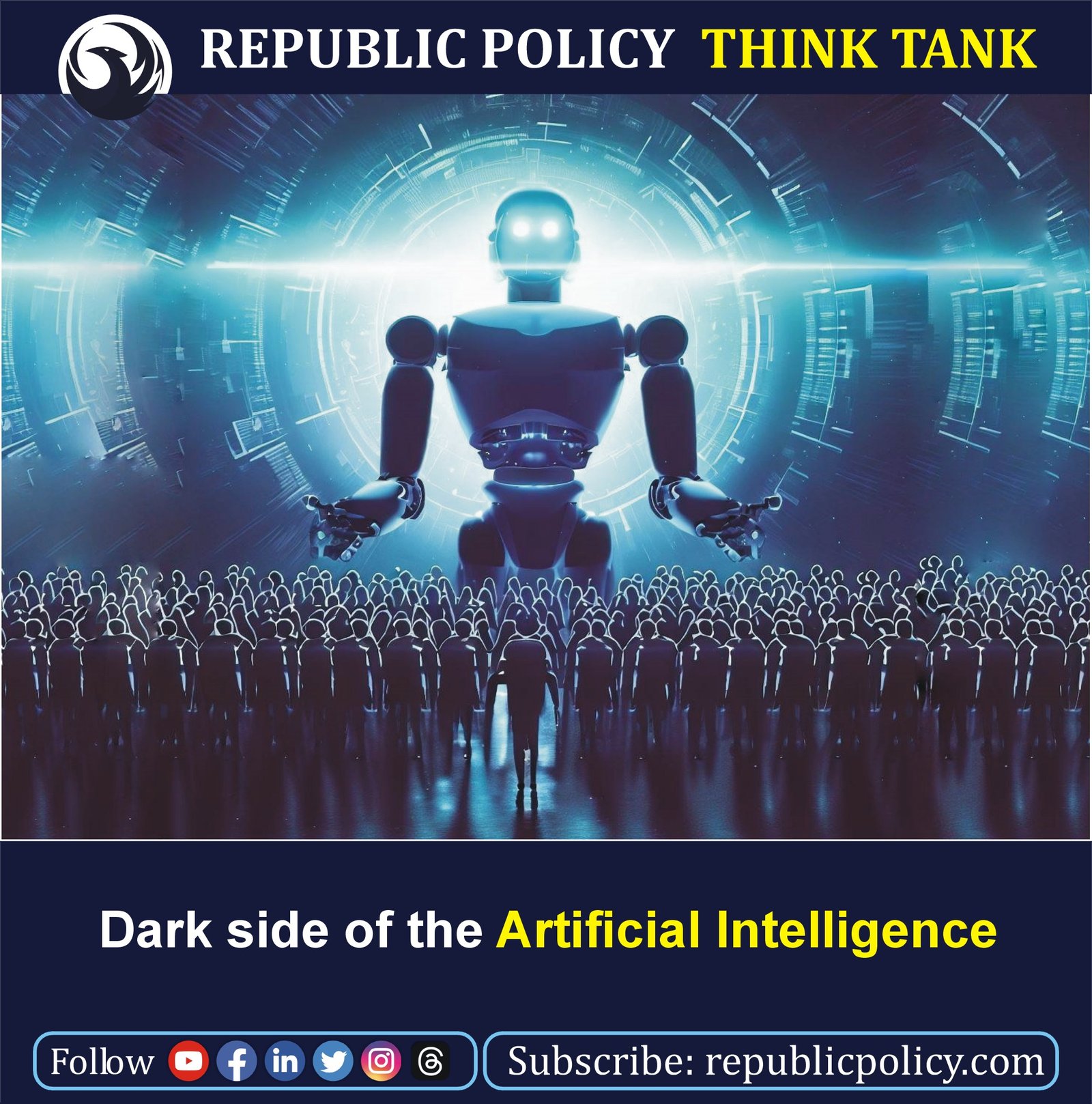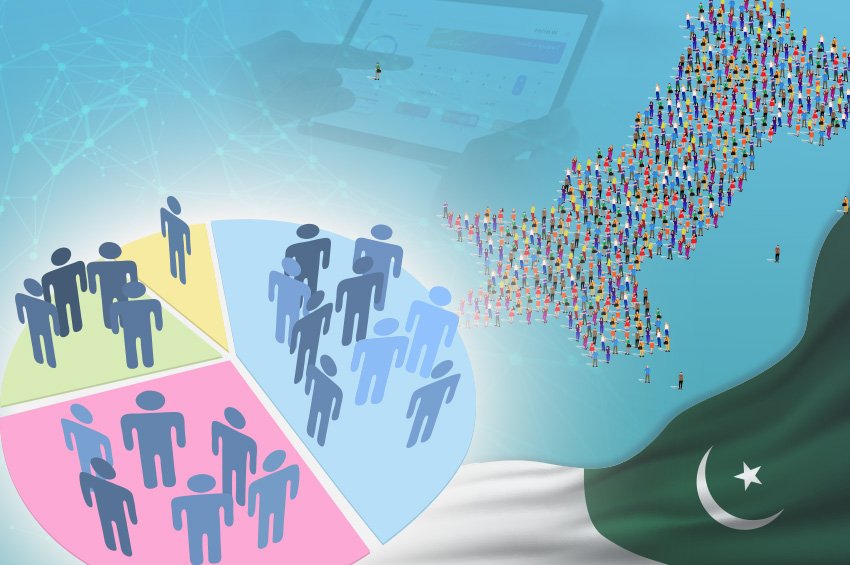Dr Ahmed Rizwan
Artificial intelligence is a fascinating and rapidly evolving field of technology that has many potential benefits and challenges for society. What is the dark side of artificial intelligence in respect of human ethics, values, attributes and virtues?
How humans should regulate the AI operations? It is now a days the most challenging topic.
This is a very complex and broad topic that cannot be fully answered in a single article, but I will try to give you some general insights based on the information I found from reliable sources.
First, let me define some key terms:
Human ethics are the principles and standards that guide human behaviour and decision making in various situations and contexts, such as personal, professional, social, and environmental.
Human values are the beliefs and preferences that people hold about what is good, desirable, and important in life, such as justice, honesty, kindness, freedom, and happiness.
Human attributes are the qualities and characteristics that people possess or develop, such as intelligence, creativity, courage, empathy, and resilience.
Human virtues are the moral excellences that people demonstrate or aspire to achieve, such as wisdom, integrity, compassion, generosity, and humility.
These terms are interrelated and often influence each other. For example, human values can shape human ethics, human attributes can enable human virtues, and human virtues can reinforce human values.
Artificial intelligence (AI) is the ability of machines or systems to perform tasks that normally require human intelligence or understanding, such as perception, reasoning, learning, decision making, and communication. AI can be classified into different types and levels depending on its capabilities and applications. For example:
Narrow AI is the type of AI that can perform specific tasks or functions within a limited domain or context, such as face recognition, speech recognition, or chess playing.
General AI is the type of AI that can perform any intellectual task that a human can do across different domains or contexts, such as natural language understanding, common sense reasoning, or problem solving.
Super AI is the type of AI that can surpass human intelligence and abilities in all domains or contexts, such as creativity, innovation, or wisdom.
AI can also be classified into different risk categories depending on its potential impact on human rights, safety, and well-being. For example:
Minimal-risk AI is the type of AI that poses little or no harm to humans or society, such as chatbots, entertainment apps, or educational tools.
Low-risk AI is the type of AI that poses some minor or manageable harm to humans or society if not used properly or ethically, such as recommender systems, personal assistants, or fitness trackers.
High-risk AI is the type of AI that poses significant or irreversible harm to humans or society if not used properly or ethically, such as autonomous vehicles, medical diagnosis, or facial recognition.
The dark side of artificial intelligence refers to the potential negative consequences or risks that AI can cause or contribute to for individuals or society. These include:
Bias and discrimination: AI systems can produce unfair or inaccurate outcomes that affect people’s opportunities, rights, or dignity based on their personal characteristics, such as gender, race, age, or religion. This can happen when AI systems are trained on biased data, designed with biased algorithms, or used in biased contexts.
Privacy and security: AI systems can collect, process, or share personal or sensitive data without people’s consent, knowledge, or control. This can happen when AI systems are not transparent, accountable, or secure enough to protect people’s data from unauthorized access, use, or disclosure.
Ethical dilemmas: AI systems can create moral conflicts or challenges that require human judgment, values, or principles to resolve. This can happen when AI systems are involved in life-or-death decisions, human-machine interactions, or social norms.
Social isolation: AI systems can reduce human contact, communication, or relationships by replacing or substituting human roles, functions, or emotions. This can happen when AI systems are more efficient, convenient, or attractive than humans for certain tasks, services, or companionship.
Economic inequality: AI systems can increase the gap between the rich and the poor by creating winners and losers in terms of income, employment, or education. This can happen when AI systems are not accessible, affordable, or inclusive enough for all people to benefit from their advantages.
These are some examples of the dark side of artificial intelligence that need to be addressed and prevented by humans through appropriate regulation.
Regulation of artificial intelligence is the development of public sector policies and laws for promoting and regulating artificial intelligence. It is related to the broader regulation of algorithms,
which are the sets of rules or instructions that govern how data is processed by machines or systems.
The main objectives of regulating artificial intelligence are:
To protect human rights: Regulation of artificial intelligence aims to ensure that AI systems respect and uphold the fundamental rights and freedoms of humans,
such as privacy, dignity, equality, and democracy.
To ensure safety and quality: Regulation of artificial intelligence aims to ensure that AI systems are reliable,
accurate and secure enough to perform their intended functions without causing harm or errors.
To foster trust and accountability: Regulation of artificial intelligence aims to ensure that AI systems are transparent,
explainable and auditable enough to allow humans to understand,monitor and challenge their outcomes and impacts.
To promote innovation and competitiveness: Regulation of artificial intelligence aims to ensure that AI systems are developed and used in a way that supports the social and economic progress and well-being of humans and society.
Different countries and regions have different approaches and initiatives for regulating artificial intelligence, depending on their legal systems, cultural values, and strategic interests. For example:
The European Union has proposed a comprehensive legal framework for trustworthy AI, which would classify AI systems into different risk categories and impose different requirements and obligations for their development and use. The proposal also includes a governance structure and an enforcement mechanism for ensuring compliance and addressing breaches.
The United States has adopted a sectoral and pragmatic approach for regulating AI, which focuses on specific applications or domains of AI, such as health care, finance, or defense. The approach also relies on existing laws and regulations, as well as voluntary guidelines and best practices, for addressing the ethical and social implications of AI.
China has adopted a dualistic and ambitious approach for regulating AI, which balances the promotion of AI development and innovation with the protection of national security and social stability. The approach also involves a strong role of the government and the party in setting the standards and norms for AI governance and oversight.
These are some examples of how different jurisdictions are regulating artificial intelligence in different ways.

















